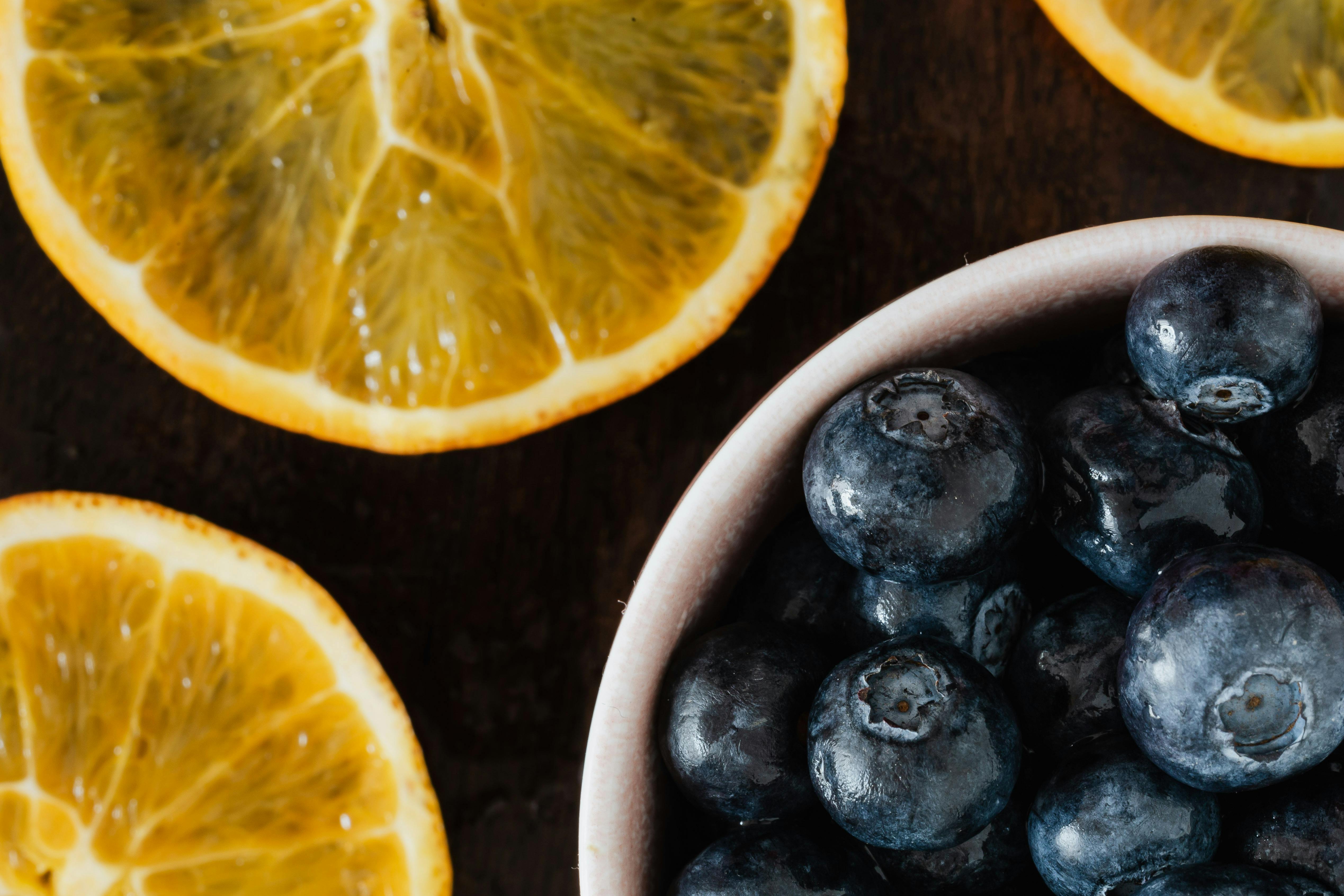
A farmer is an integral part of a dairy industry, independent of any country to which he belongs. The dairy industry is an important source of livelihood for about a quarter of the population worldwide. And that leads us to take note of the fact, how big would be the dairy industry that can feed 7.5 billion people around the world. India, being the largest milk producer in the world, contributes almost 13% of the total production. India’s annual milk production in FY 2015-16 was estimated at 155.5 MT compared to 146.3 MT in FY 2014-15, registering a growth of about 6.3%. With the constant increase in consumer demand, and to serve the population, it is necessary for the Indian dairy industry to keep pace with an adequate supply of milk. To support this, new and advanced dairy technologies are exploited in established dairy projects at various levels of dairy farm management.
The dairy supply chain or cow-to-consumer process as it is generally called is a model for the procurement of milk and the production of assorted products made from milk such as cheese, butter, yogurt, shortening, ice cream , etc.
Let’s analyze the dairy production procedure and learn about the stages through which the daily supply passes until it finally reaches us.
The dairy production process begins with the milking of the cattle. A farmer manages a small dairy farm where milking takes place. Milking is a crucial activity that forms the damsel point of the commercial chain that contributes to overall production. The rancher extracts milk from the animals, traditionally cows and buffaloes, either manually with his hands or mechanically through a dairy farm equipment called a milker. He milks the cattle twice a day, the first shift is in the morning and the last shift is at night. The milk produced during the day is collected in large cans and taken by the farmer to a nearby Village Dairy Cooperative Society (VDCS) for testing and analysis.
Including the VDCS of the collection centers that operate at the village level. A center is made up of a panel of villagers who run and operate it and members made up of farmers who deposit into VDCS. A member who operates the collection center takes a sample of milk brought in by the farmer and analyzes it using dairy milk collection software, usually a milk analyzer. Tests are carried out to assess quality based on essential parameters such as fat content, amount of Solid Non-Fat (SNF) present, density and to check for any adulteration (determined by the proportion of water residue present in the milk) . SNF consists of proteins (casein and lactalbumin), carbohydrates (lactose) and minerals (calcium and phosphorus) that together maintain the required texture of the milk. All resulting values are noted corresponding to the respective parameters. A final payment amount is calculated based on the values obtained, which is subsequently paid to the farmer. The members collectively watch over the society, thus maintaining transparency and trust. All milk that VDCS accumulates is stored in a tanker truck, commonly known as a Bulk Milk Cooler (BMC).
BMC is a large storage tank that keeps the milk at a cold temperature until the union tanker trucks pick it up. These tanks are available in different capacities of minimum 2 tones. BMC is implemented in all VDCS to preserve quality by eliminating milk curdling, adulteration and spillage. A monitoring system is attached to the BMC that records and tracks the amount, along with a compressor that maintains the temperature of the milk inside the tank. In addition, an agitator is implanted inside the tank that keeps rotating to prevent the formation of ice in the milk. Power supply through a generator or direct line is also monitored by this system. In addition to this, a BMC helps reduce transportation costs as cooling of milk at the primary dairy can be avoided, leading to better profits for producers.
Therefore, the collection at VDCS is supplied to the syndicate for further milk processing and also to export markets. The transport of milk is carried out by means of refrigerated or isothermal tank trucks. BMC tanks are emptied into these tankers and transported to the unions. These tankers mainly maintain a proper temperature to prevent sourness while being transported to a junction. Once the transporters arrive at the union, they deliver the milk to the factory and take other routes to collect more.
At the dairy plant, the collected milk is processed to produce various products. But before processing, it is tested again to check if the quality meets the required standard. If it does, the same is sent for further processing, otherwise it is discarded at the initial stage. Here, a part of the milk is pasteurized and packed in suitable containers, usually called milk bags. These bags are distributed to all locations within 24 hours. It is called fluid milk and is supposed to be consumed in the same amount of time. While in some bags, the required condoms are added to increase the shelf life of the milk while preserving its quality. This milk is delivered to those places which are located far away from the dairy industry and it takes comparatively longer to get there.
The remaining part of the milk undergoes various processes necessary to obtain other dairy products such as cheese, cream, butter, powdered and condensed milk, yogurt, ice cream, chocolates and much more. Each product that is derived from milk follows a unique process. Subsequently, pasteurized and other dairy products are packaged in sterilized, durable containers. Sufficient precautionary measures are taken while packing the products to maintain the quality and make them durable. Ultimately, these products are marketed and distributed to various retailers and wholesalers who then sell them to consumers.